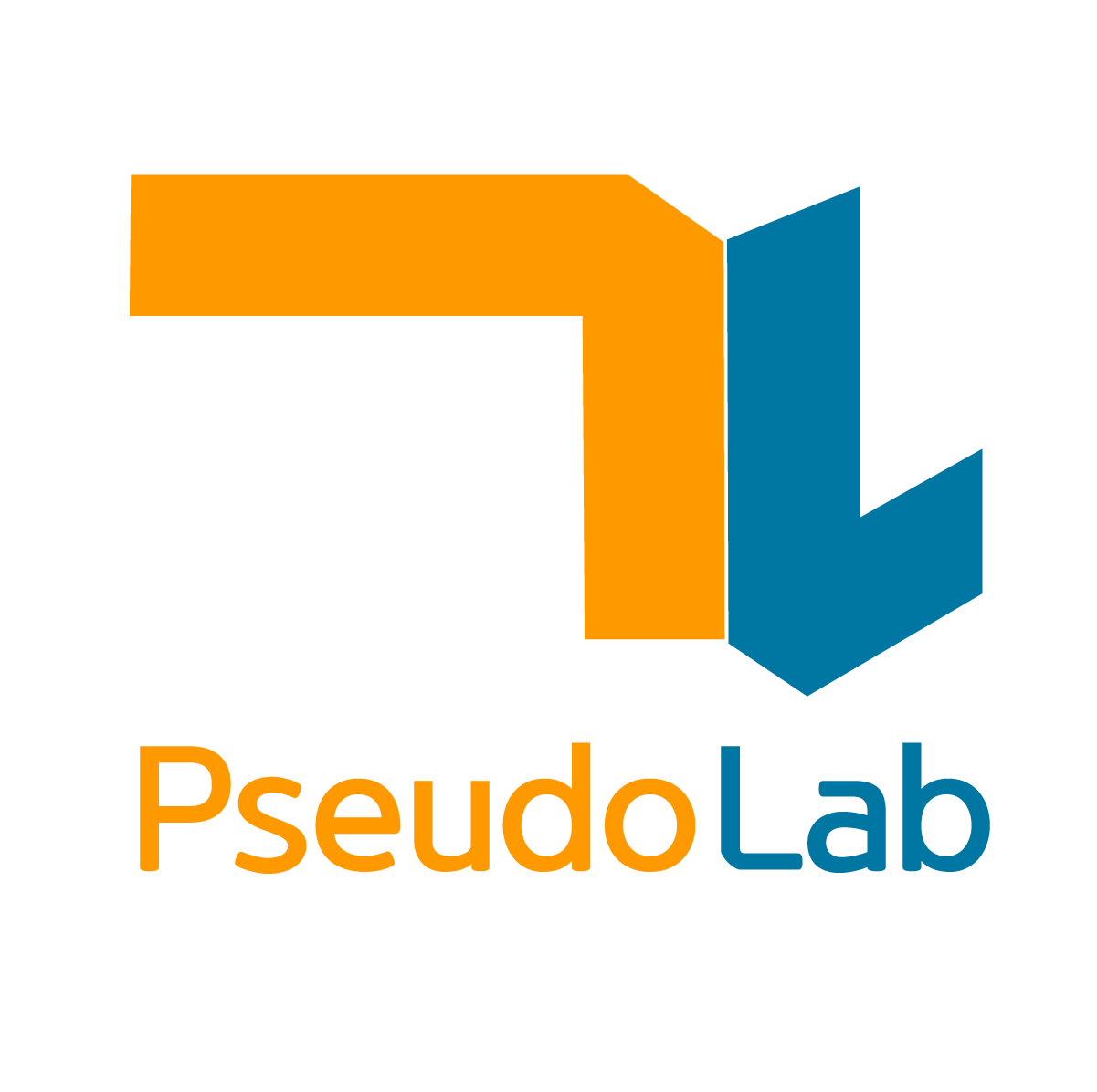CCT - CVPR 2020
Contents
CCT - CVPR 2020#
Information
Title: Semi-Supervised Semantic Segmentation with Cross-Consistency Training, CVPR 2020
Reference
paper : https://arxiv.org/abs/2003.09005
Review By: Chanmin Park
Edited by: Taeyup Song
Last updated on Jan. 5, 2022
Problem Statement#
Semantic segmentation을 위해서는 pixel level의 labels이 필요하지만, 수 많은 unlabeled data가 존재하는 것에 반해 labeled data는 부족한 문제가 있음
Semi-supervised learning 기반 semantic segmentation을 위해 어떤 augmentation을 가했을 때 network의 output이 변하지 않는 일관성(consistency)을 이용하여 unlabeled data와 labeled data를 모두 이용하여 학습하는 framework이 제안되었음.
하지만 기존 consistency training 기법은 input에 대해 작은 perturbations을 추가하여 작은 변화에 잘 대응되도록 학습함. 이는 학습의 efficiency를 감소시키고, 다른 task에 적용하기 위해 전체적인 구조를 변경해야하는 문제가 있었음.
Contribution#
Encoder의 output에 다양한 perturbations를 주입하고, prediction 결과의 변동을 제한하는 cross-consistency training framework을 제안함.
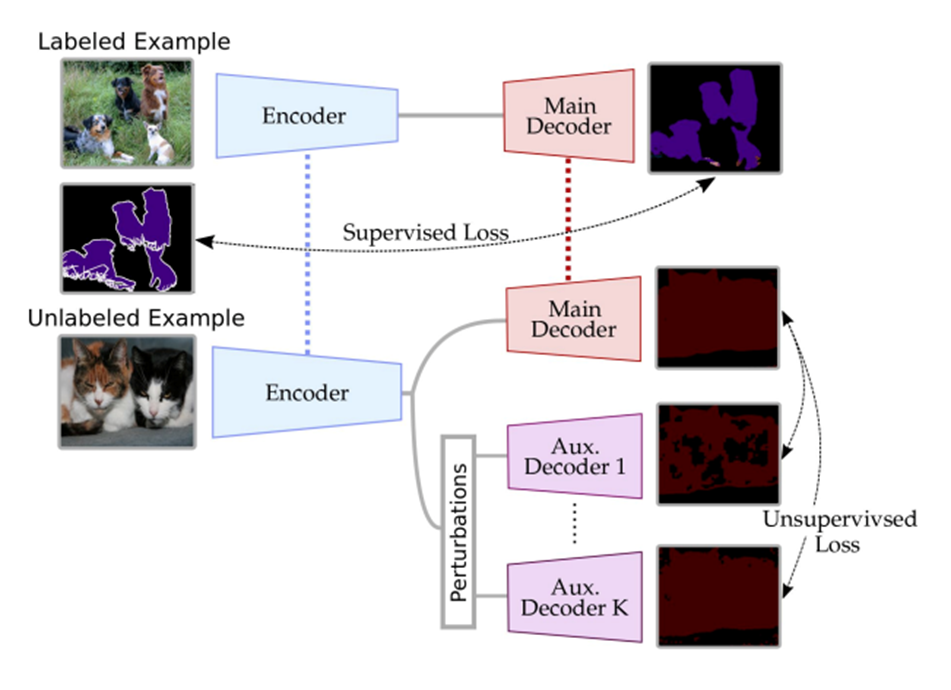
Fig. 118 The proposed Cross-Consistency training (source: arXiv:2003.09005)#
다양한 큰 수정없이 task에 적용가능
Background#
1. CowMix#
Semi-supervised semantic segmentation needs strong, varied perturbations. BMVC 20
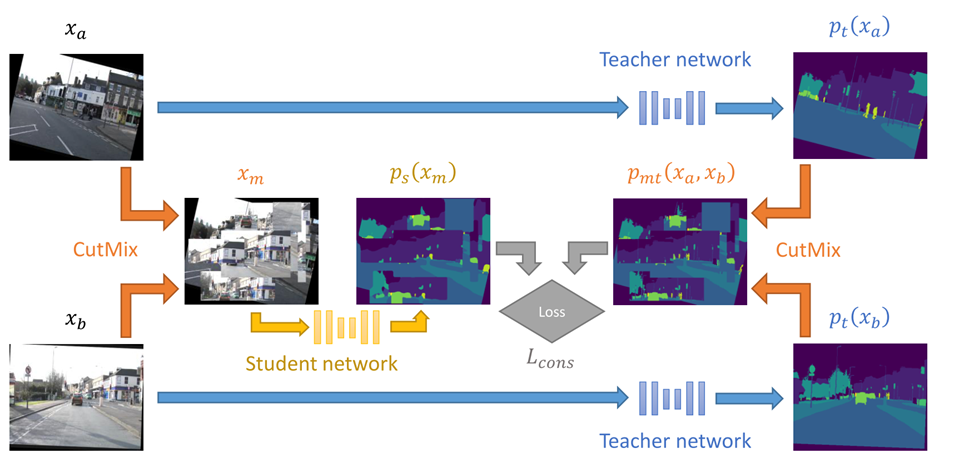
Fig. 119 CowMix architecture (source: arXiv:1906.01916)#
Cluster assumption을 만족하지 못함을 극복하기 위해 high-dimensional perturbation으로써 MixUp을 사용함.
매 training iteration마다 multiple forward passes거처야 함.
CowMix를 다른 setting (e.g., over multiple domains, using weak labels) 상당히 많은 수정이 필요.
2. Cluster assumption#
만약 어떤 data들이 같은 cluster에 포함된다면, 같은 class를 가질 가능성이 높음

Proposed Method#
1. Cross-Consistency Training#
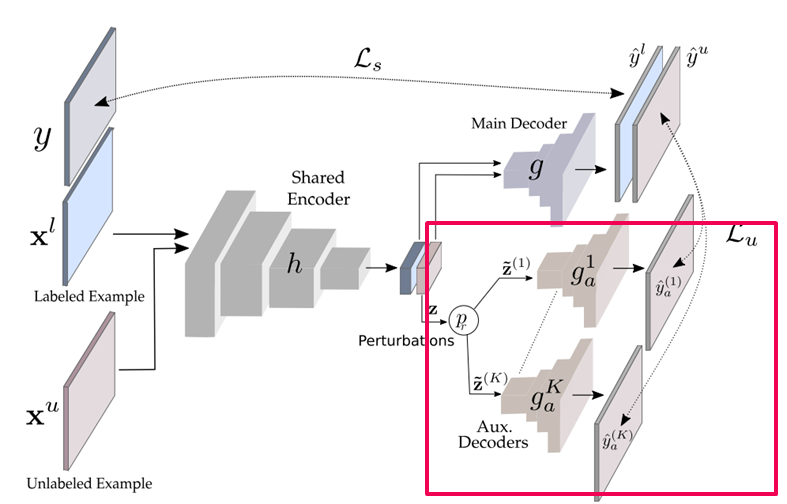
Fig. 120 Illustration of our approach (source: arXiv:2003.09005)#
Fig 3. Illustration of our approach
Loss는 labeled pixel과 unlabeled pixel에 대한 loss의 합으로 구성.
\[\mathcal{L}=\mathcal{L}_s+\mathcal{w}_u\mathcal{L}_u\]Labeled data를 이용하여 학습하는 main decoder에 적용되는 supervised loss \(\mathcal{L}_s\)은 cross-entrophy loss 사용
\[\mathcal{L}_s=\frac{1}{|\mathcal{D}_l|}\sum_{\mathbf{x}^l_i, y_i\in\mathcal{D}_l}\mathbf{H}(y_i,f(\mathbf{x}_i^l))\]overfitting을 방지하기 위해 bootstrapped cross-entrophy 적용 (output probability가 \(\eta\)보다 작은 경우에만 supervised loss를 계산함.
\[\mathcal{L}_s=\frac{1}{|\mathcal{D}_l|}\sum_{\mathbf{x}^l_i, y_i\in\mathcal{D}_l}\{f(\mathbf{x}_{i}^{l}<\eta\}_{\mathbf{1}}\mathbf{H}(y_i,f(\mathbf{x}_i^l))\]Unlabeled data를 이용하여 학습하는 aux. decoder에 적용되는 unsupervised loss \(\mathcal{L}_u\)은 Mean square error를 사용
\[\mathcal{L}_u=\frac{1}{|\mathcal{D}_u|}\frac{1}{K}\sum_{\mathbf{x}_i^u\in\mathcal{D}_u}\sum_{k=1}^{K}\mathbf{d}(g(\mathbf{z}_i),g_a^k(\mathbf{z}_i))\]
2. Perturbation functions#
Feature based perturbation\(\mathcal{}\)
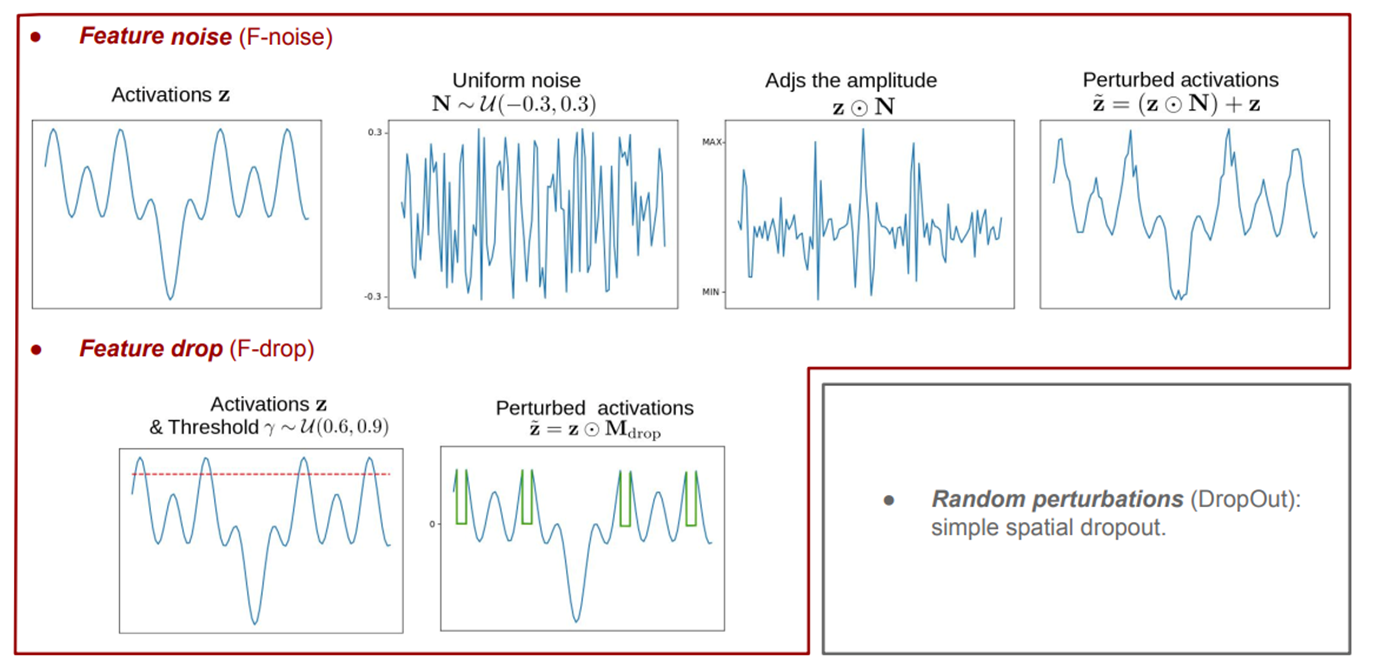
prediction based perturbations
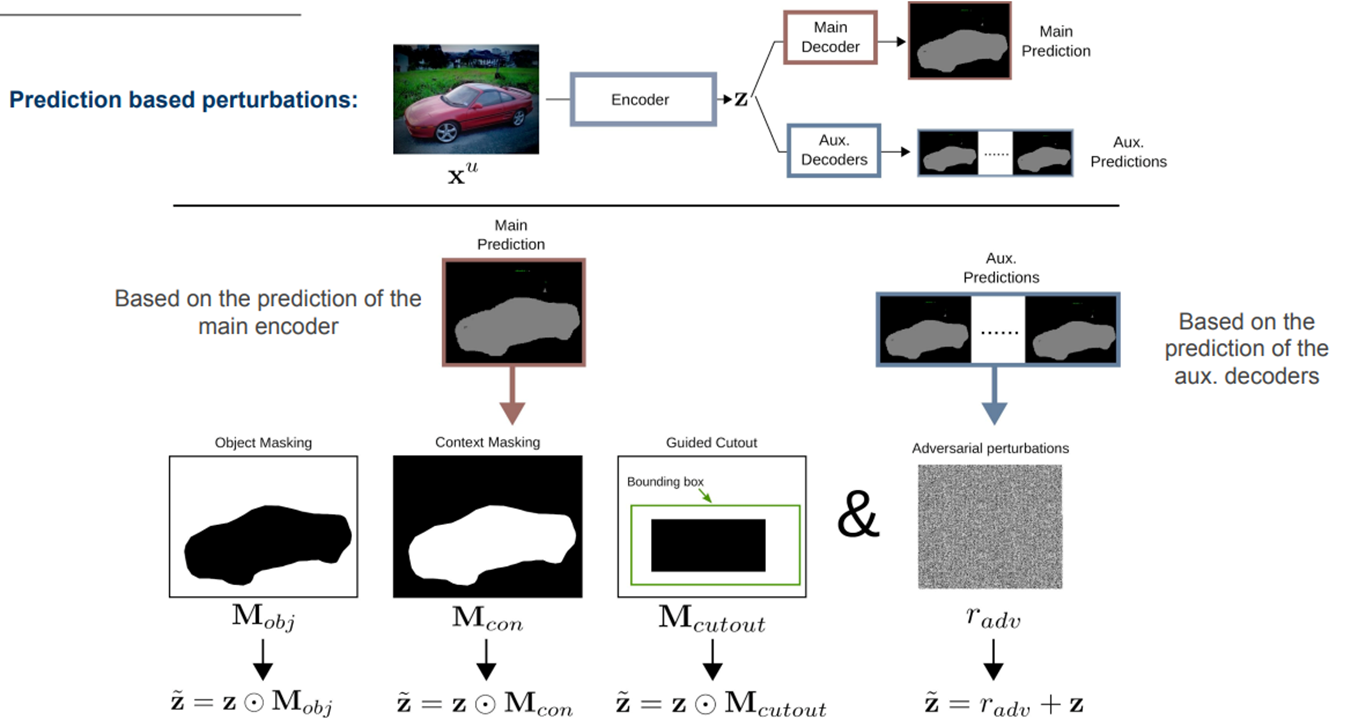
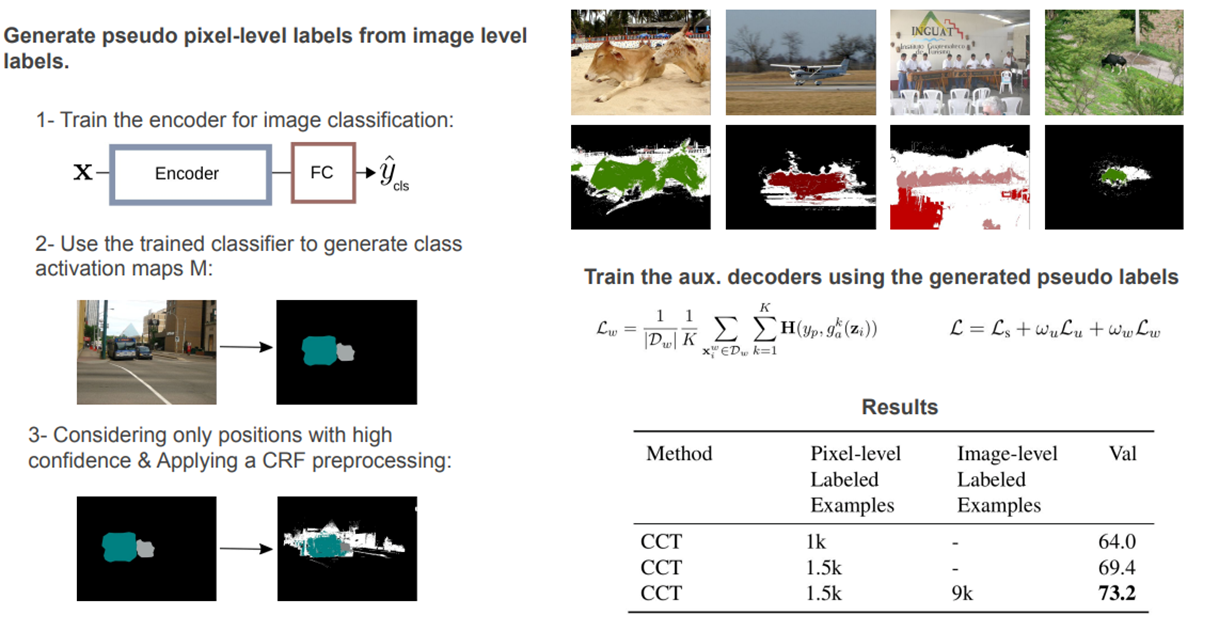
3. Exploiting weak-labels#
CCT can be easily extended to multiple domains with partially or fully non-overlapping label spaces
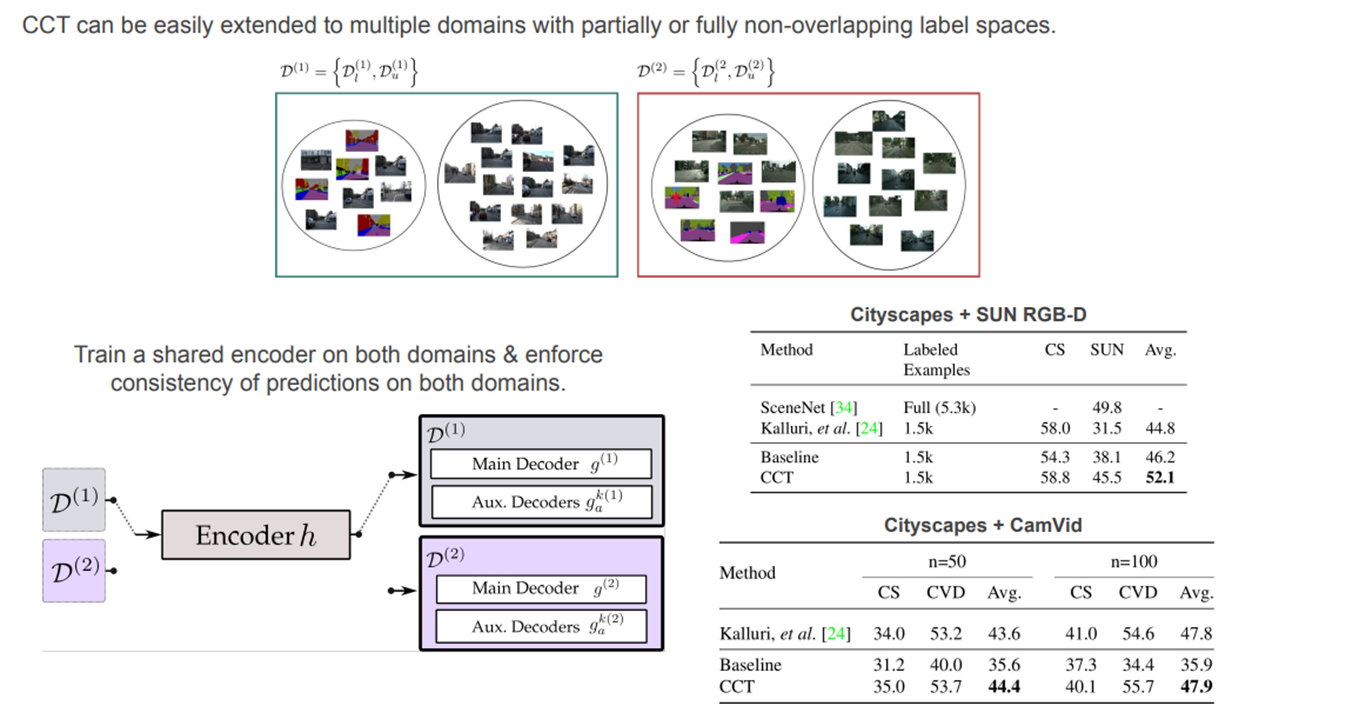
Experimental Result#
1. Training policy#
poly learning rate
Dataset
PASCAL VOC (21 classes)
Cityscapes (19 classes)
SUN RGB-D (13 classes)
Cam Vid (11 classes)
Evaluation
mIoU
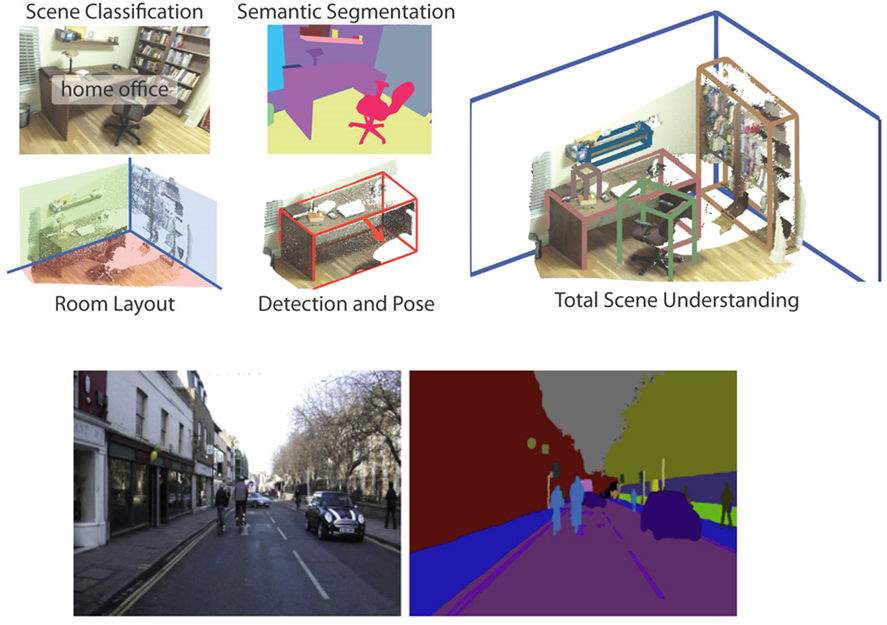
2. Experimental Result#
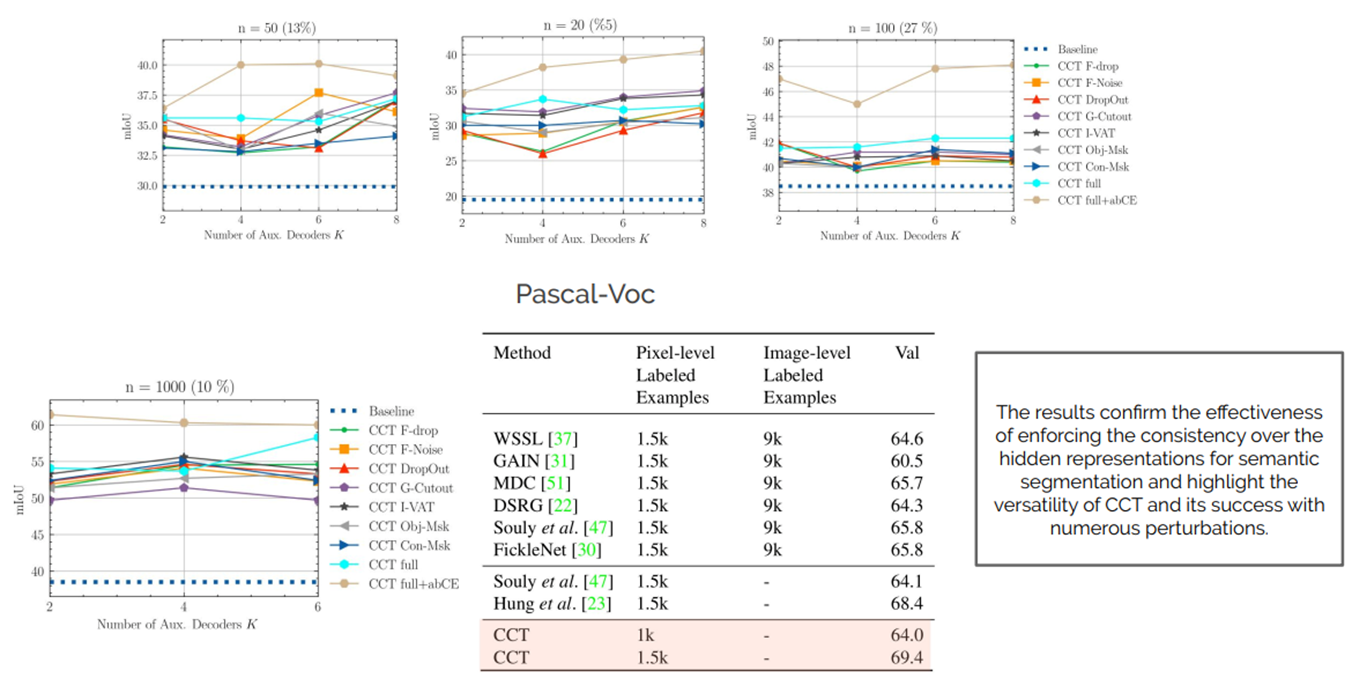
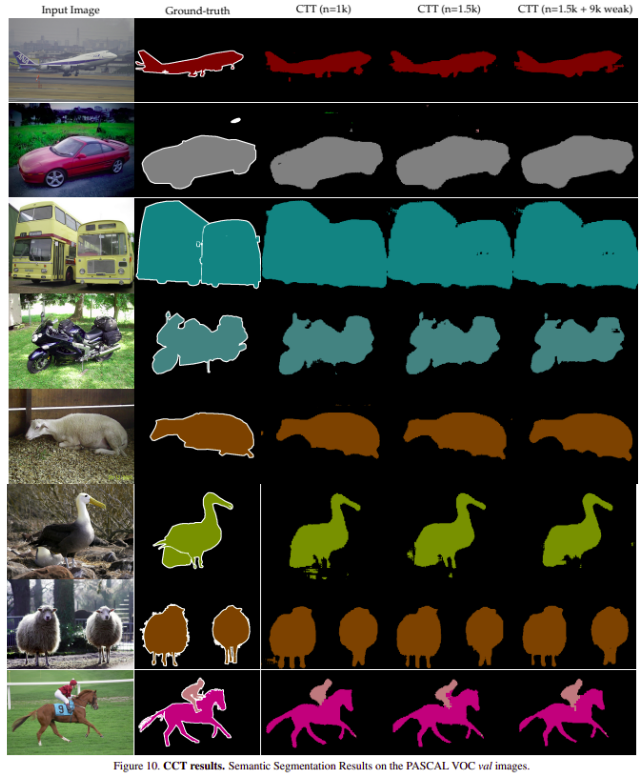
Conclusion#
Present cross-consistency training (CCT), a simple, efficient and flexible method for a consistency based semi-supervised semantic segmentation
The effectiveness of CCT in other visual tasks and learning settings, such as unsupervised domain adaptation.
